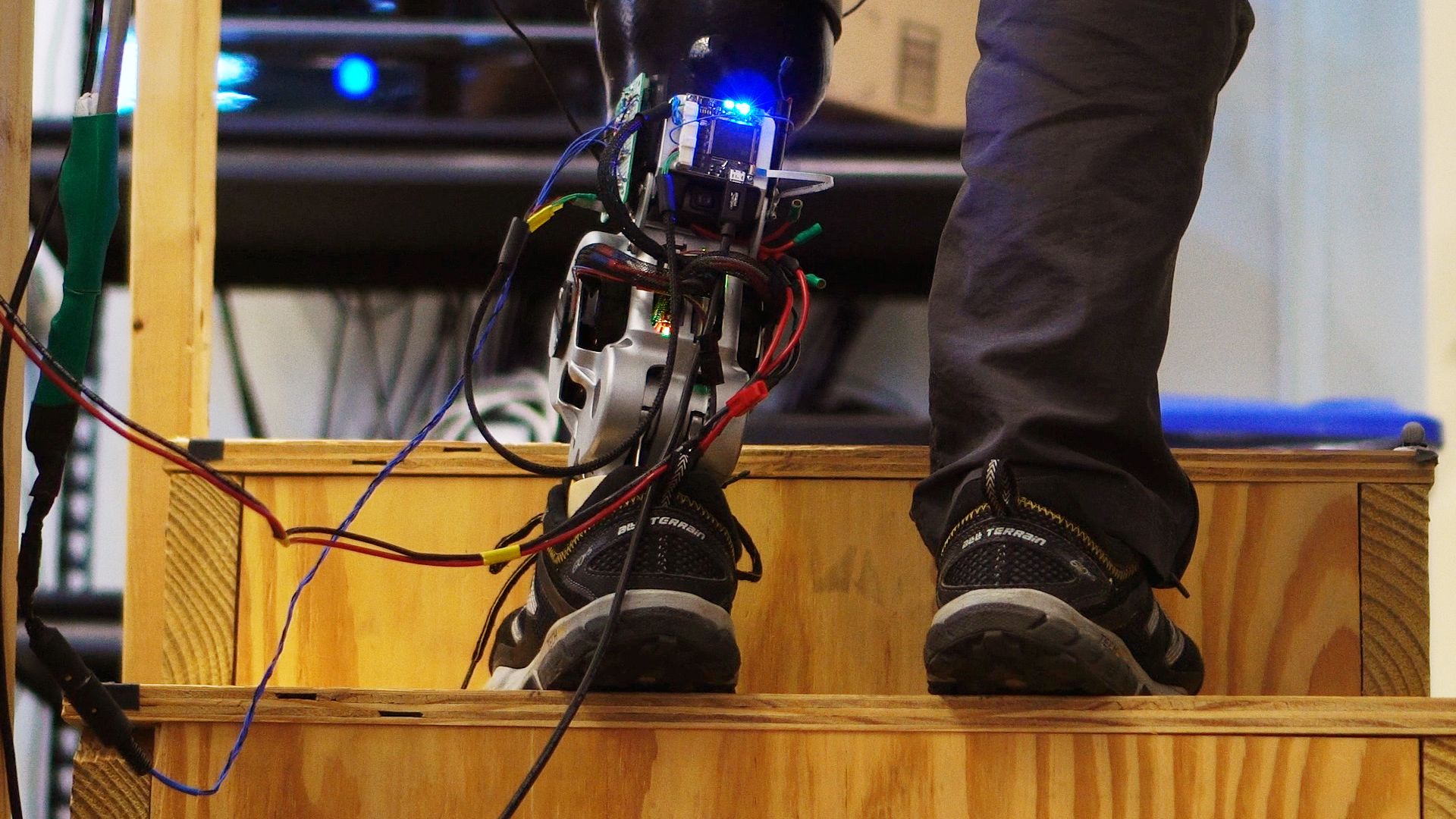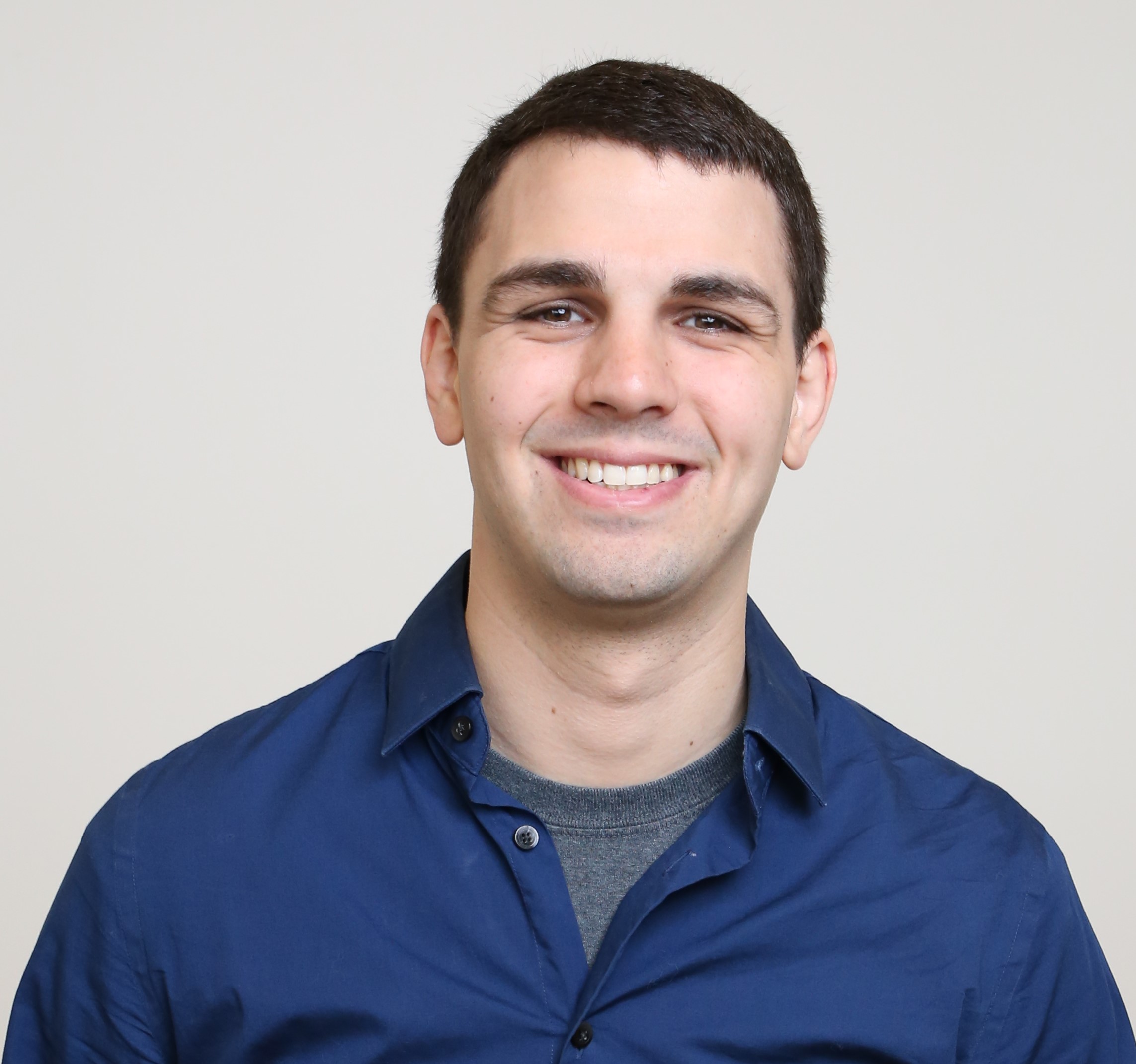-
 The Anatomical Engineering GroupExploring bionic possibilities at the intersection of innovative surgery and advanced robotics
The Anatomical Engineering GroupExploring bionic possibilities at the intersection of innovative surgery and advanced robotics
Surgical Design
We develop new surgical paradigms to integrate robotics into the human body.
Precision Engineering
We build mechanical systems that meld seamlessly with physiological structures.
Neural Interfacing
We create control strategies that promote embodiment of bionic body parts.
Biomechanical Science
We study the human body as a foundation for replacing and augmenting movement ability.
What is Anatomics?
Anatomics is the co-engineering of body and machine in pursuit of synergistic bionic performance. In the Anatomical Engineering Group at UCLA, anatomics is our mantra; we engineer human anatomy in parallel with robotic devices to enable function beyond what is possible with mechatronics alone.
Bionic systems are no longer the stuff of science fiction. Humanity has built incredible exoskeletons and prostheses that restore locomotion to persons with physical disability, and even augment able-bodied performance. Although a complete bionic system is made up of both biological structures (“the body”) and robotic mechanisms (“the machine”), the traditional approach to bionic development accepts the body as is, focusing design efforts instead on the machine. This means that even the most advanced bionic systems are restricted by fundamental limitations inherent to the body. Powerless to alter the human anatomy, mechatronic engineers typically opt to “engineer around” these limitations, which leads to suboptimal body-machine interactions.
Surgeons, on the other hand, have been imbued with the power to restore or alter the body via direct mechanical manipulation of human anatomy. Recognizing the incredible opportunities that this power provides, we have joined forces with a world-class team of surgeons. This unique approach allows us to open the door for “invasive” mechatronic solutions that leverage new body structures to create the next generation of bionic technologies.
In short, our research combines surgical and mechanical design to co-develop body and machine. The long-term goal of our work is to transform the field of human rehabilitation and augmentation, by making anatomics a fundamental tenet of bionic development.
